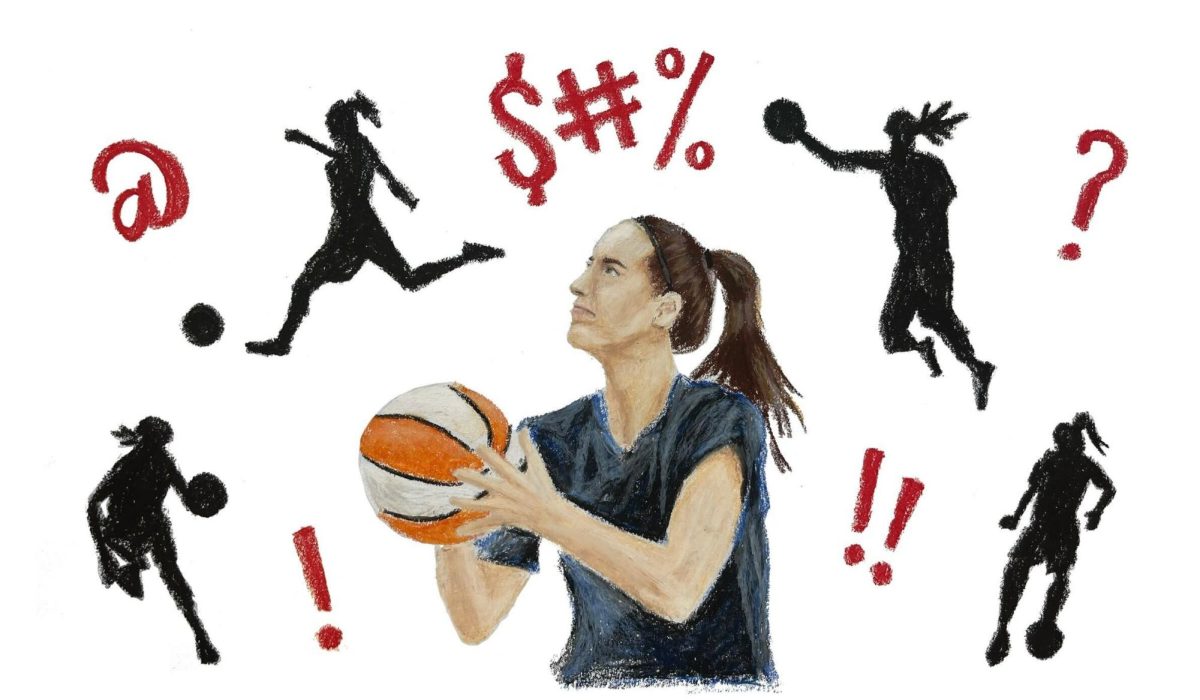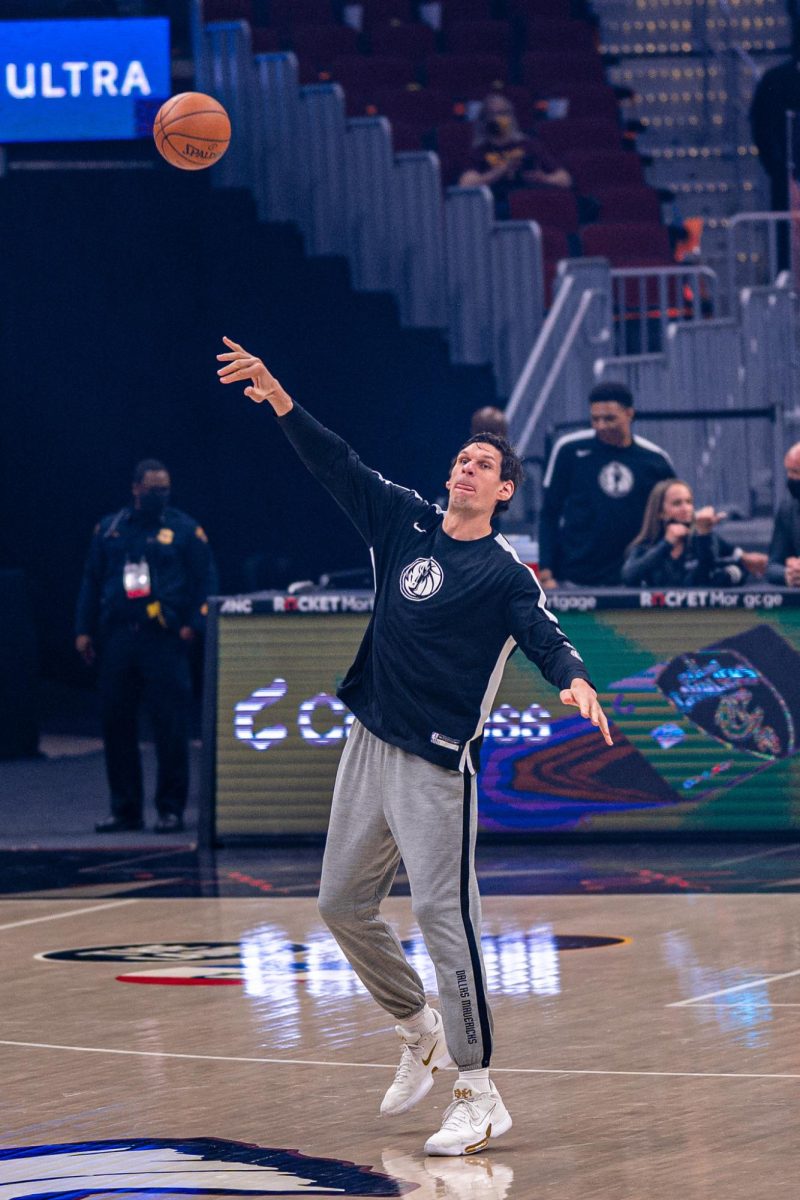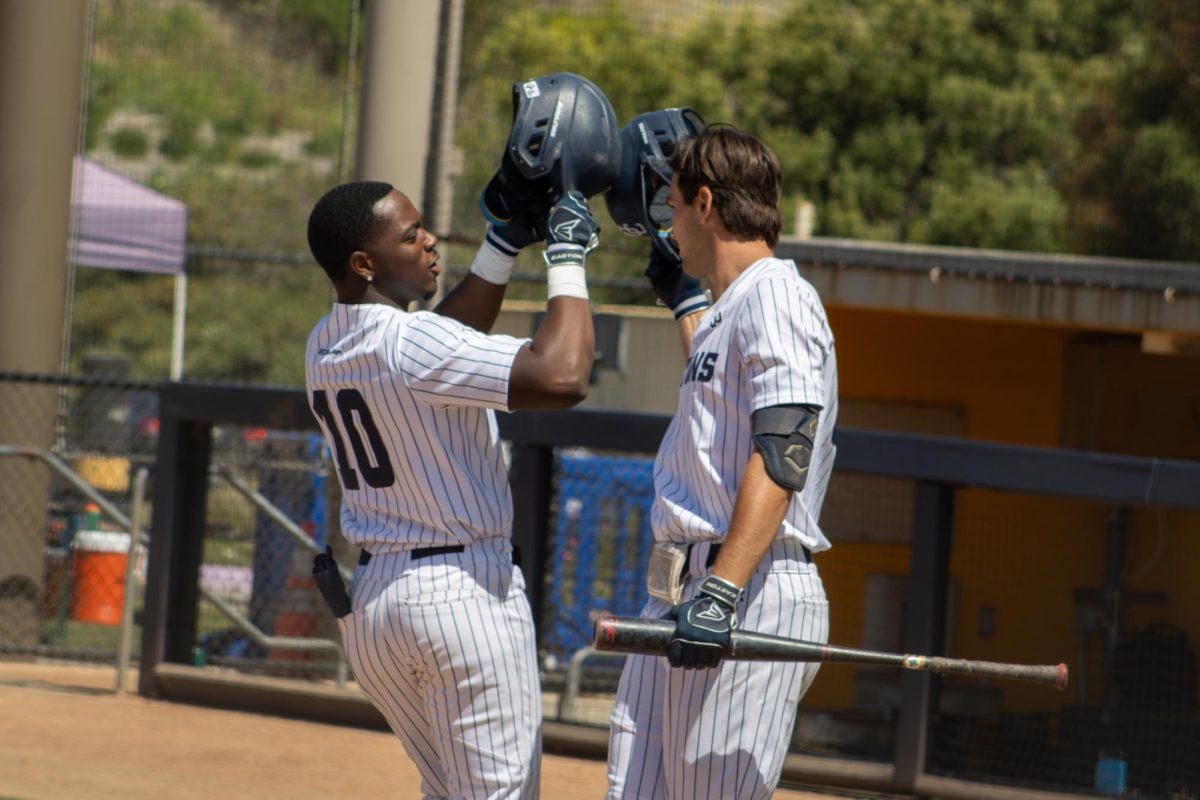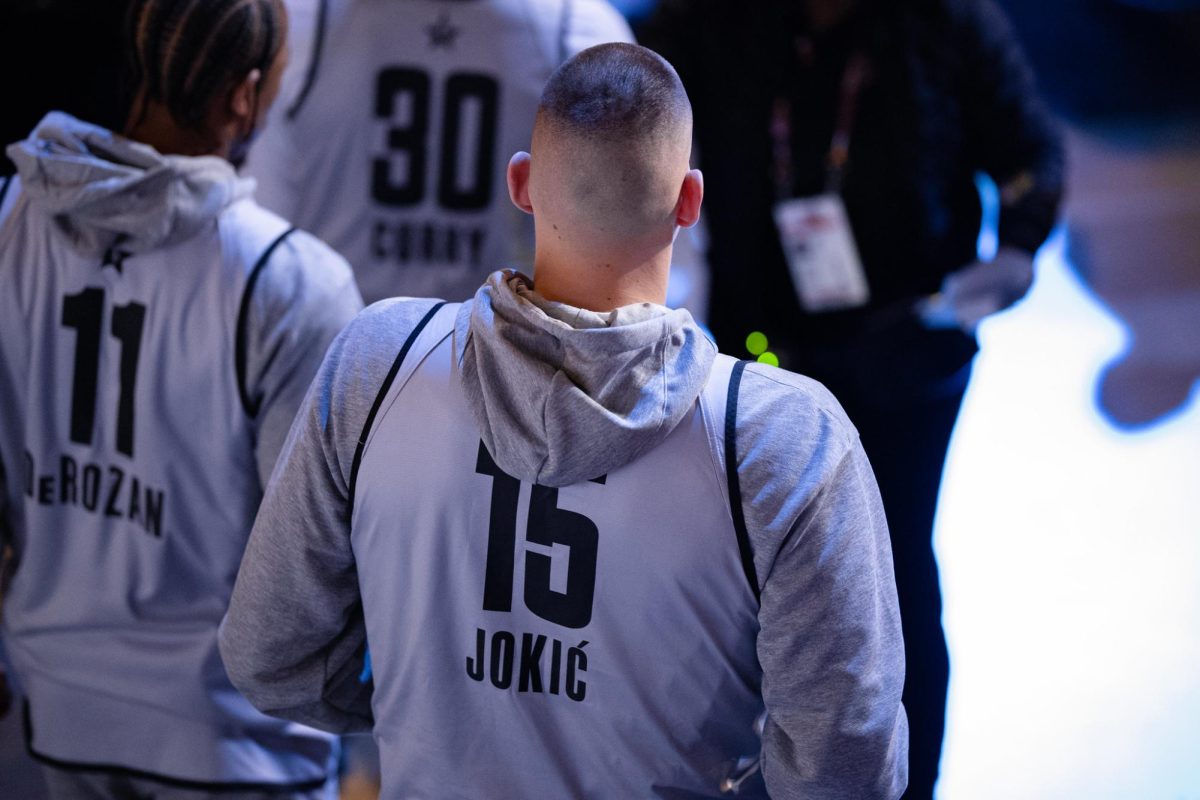In 2003, rapper MF DOOM released the album “Take Me to Your Leader” under the alias King Geedorah. Interestingly, many of DOOM’s lyrics in the opening track, “Fazers,” mirror baseball. Much like the nation it is the favorite pastime of, baseball has long been steeped in controversy which reflects the emotional significance it bewitches — seen in the raucousness throughout sandlots from Boston’s Green Monster and San Francisco’s McCovey Cove to Cuba’s Estadio Latinoamericano and Japan’s Tokyo Dome.
There’s something strangely captivating about baseball. It is a Civil War-era game that birthed the modern sports analytics movement. It celebrates failure; a mere .300 batting average — three hits every ten at-bats — is seen as a sign of greatness. It is uniquely eccentric; outfield dimensions and strike zones depend on the day. And, perhaps most interestingly, it is ingrained in American culture — who hasn’t heard “Take Me Out To The Ballgame”? The song, by the way, predates the crossword puzzle, the Band-Aid, and frozen food.
It is not just the sport itself that has drawn generations of fans, but its timeless icons as well. “King Geedorah, take me to your leader,” croons DOOM midway through “Fazers,” evocative of baseball’s special class of “leaders.” Baseball’s heroes are figures steeped in wartime dynamics and race relations. The game’s history is exemplified by characters like Ted Williams, Jackie Robinson, Satchel Paige, Hank Aaron, and Roberto Clemente — players whose dominance raised the sport’s standards.
Baseball’s superhuman levels ultimately reached such a peak that some ballplayers used illegal mechanisms to keep up. Persevering through point-shaving scandals, bat and ball manipulation, sign stealing, and the steroid era, the game has withstood the mightiest of blows. Its allure prevails through the ballpark, the history, the collective longing to witness a crack of the bat, and then tracking the ball with thousands of others against the backdrop of a starry night. There is a calming permanence about the game, like one DOOM barks of: “He been rhyming longer than Sigmund the sea creature.”
Baseball’s community ethos cannot be overstated. Several MLB teams trace their roots to the nineteenth century, their colors symbolic of a specific locality. The Cardinals are synonymous with St. Louis, the Pirates embody Pittsburgh, and the Reds simply are Cincinnati. Wrigley Field and Fenway Park — cathedrals of sport — will soon celebrate their 120th birthdays. Even the blue and white Yankee cap is so indistinguishable from New York City that millions of people don the “NY” logo without even knowing it is also worn by a baseball team.
Some pundits argue the sport is losing its fastball, too slow for the TikTok generation. Baseball isn’t as action-packed as football, lacks the high-flying athleticism of basketball, and doesn’t come close to soccer’s free-flowing pace. Its 162-game regular season is a grind through the dog days of summer. Despite innovations to speed up the sport, fewer fans are returning to the ballpark.
Yet, even if its fastball is losing velocity, baseball’s curveballs are permanent. Only 24 perfect games have been thrown in MLB’s 150-year history, yet you always show up to the ballpark expecting the 25th. Any given night could produce a walk-off home run, an unassisted triple play, or an immaculate inning. The randomness of the game keeps you in its orbit, and the sundry of baseball history reads like a John Prine lyric: a bloody sock, tarred bat, and a wire shrouded beneath a jersey.
What’s next for baseball? Who knows? Nothing is for certain in the world of spitballs, corked bats, and mustachioed men named Goose Gossage. The game’s lessons extend far beyond the diamond — three strikes and you’re fired; sometimes you have to sacrifice a fly night to get a friend home; and even if your pitcher’s got a perfect game through eight innings, all it takes is one errant pitch to lose the game. Nothing else quite rivals baseball’s lifetime-spanning magnetism.
So, the list of baseball legends keeps growing, each icon immortalized by the name on the back of their jersey. Ruth, Mantle, and Mays. Clemens, Bonds, and Griffey Jr. Johnson, Martinez, and Maddux. Pujols, Trout, and Ohtani. And so on.
In ending “Fazers,” DOOM puts into words what it’s like to be entranced by a game that, through generations, has made a grand spectacle from youth to maturity, the art of swinging a bat at a ball: “Nowadays it’s amazing raising young / Rule number one, keep your fazers on stun.”










